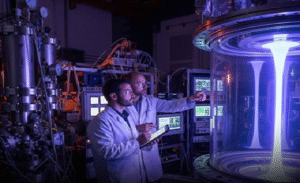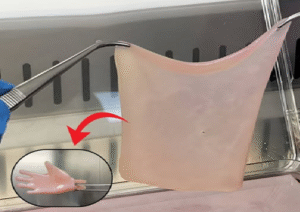There seems to be a slight misinterpretation in the name of the solar radio burst. The correct term is “Type U” solar radio burst, not “type Umel”.
1. Discovery of ‘Type U’ Solar Radio Bursts (1958)
In 1958, Prof. Govind Swarup and A. Maxwell identified a new type of solar radio burst, which they named Type U Solar Radio Burst.
These bursts occur when energetic electrons travel along magnetic field lines in the Sun’s corona, creating an inverted “U”-shaped frequency pattern.
Their discovery contributed significantly to our understanding of solar physics and space weather.
2. Revolutionary Contributions to Indian Radio Astronomy
Prof. Swarup played a crucial role in designing and establishing major radio telescopes in India:
- Ooty Radio Telescope (ORT), Tamil Nadu (1970)
Located near Udhagamandalam (Ooty), Tamil Nadu.
One of the world’s largest parabolic cylindrical radio telescopes (530 m × 30 m).
Specially designed to study radio waves from space at decametre wavelengths.
- Giant Metrewave Radio Telescope (GMRT), Maharashtra (1995–2002)
Built near Pune, Maharashtra.
One of the world’s most powerful radio telescopes for observing low-frequency radio waves from distant galaxies and cosmic phenomena.
It played a key role in detecting the first signs of neutral hydrogen from the early universe.
A pioneer who put India on the global map of radio astronomy.
Honored with the Padma Shri (1973) for his scientific contributions.
Instrumental in training and mentoring the next generation of Indian radio astronomers.
Prof. Swarup’s work in radio astronomy, telescope design, and solar physics continues to influence modern astrophysical research worldwide!







